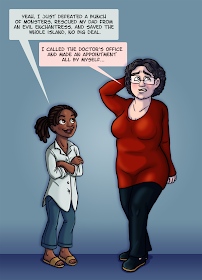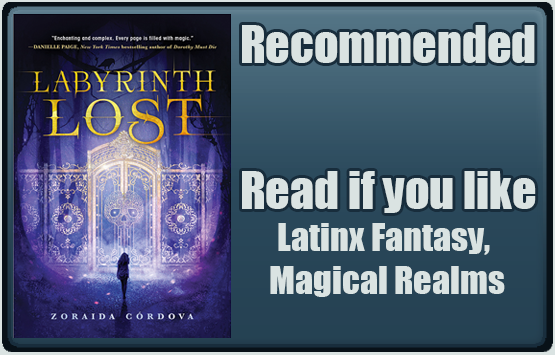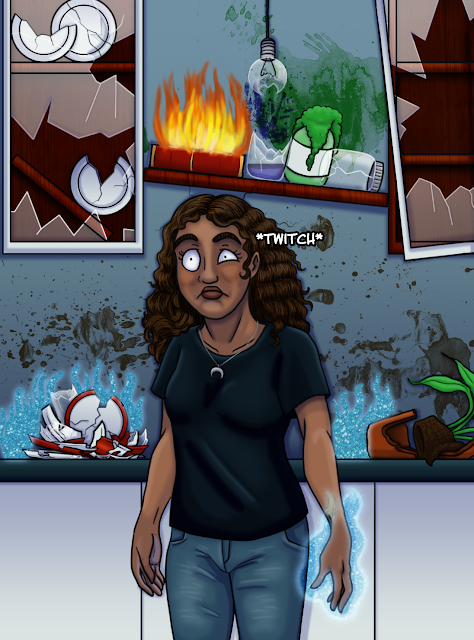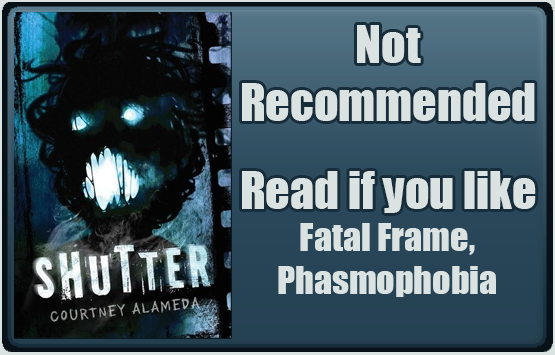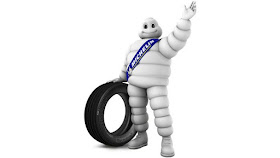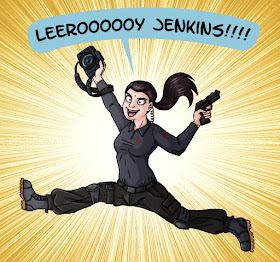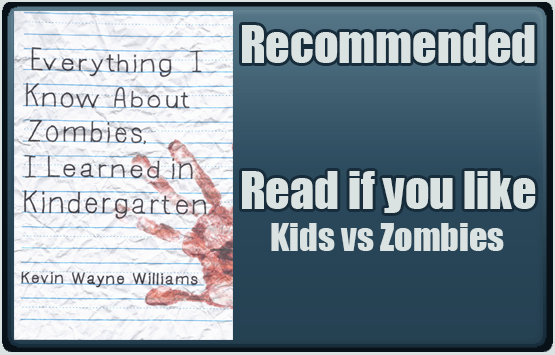Formats - Print, digital
Publisher: Dark House Press
Genre: Monster, Paranormal, Demon, Werewolf, Zombie, Killer/Slasher, Romance, Ghosts/Haunting, Sci-Fi Horror, Psychological Horror, Vampire
Audience: Adult
Tags: American Indian (Blackfoot/Niitsitapi), Queer (Gay Men), Disability (Paraplegic)
Takes Place in: US
Content Warnings: Animal Death, Child Endangerment, Child Death, Gore, Violence, Death, Torture, Homophobia, Self-Harm, Implied Sexual Assault (Highlight to view)
Blurb:
Blurb:
| The fifteen stories in After the People Lights Have Gone Off by Stephen Graham Jones explore the horrors and fears of the supernatural and the everyday. Included are two original stories, several rarities and out of print narratives, as well as a few "best of the year" inclusions. In "Thirteen," horrors lurk behind the flickering images on the big screen. "Welcome to the Reptile House" reveals the secrets that hide in our flesh. In "The Black Sleeve of Destiny," a single sweatshirt leads to unexpectedly dark adventures. And the title story, "After the People Lights Have Gone Off," is anything but your typical haunted house story. With an introduction by Edgar Award winner Joe R. Lansdale, and featuring fifteen full-page illustrations by Luke Spooner, After the People Lights Have Gone Off gets under your skin and stays there. |
For Native American Heritage Month I’d thought I’d review a collection of
short stories by one of horror’s greatest writers, Stephen Graham Jones.
Do you ever find yourself reading this awesome, interesting book, but then you get to the last chapter and go "What the fuck did I just read?" I'm not talking stories with ambiguous endings where it's left open to interpretation, like in Inception where it's unclear whether Cobb is still in a dream or not (and then you spend hours arguing about it on the internet), but the ending still makes sense. No, I'm referring to endings that are downright obfuscating (yay, I have a thesaurus!). Endings where you have to skip back to check if you missed some really obvious clue, only to find that no, the story really does end like that, and then you're left wondering if you're just not smart (or high) enough to "get it". For example, 2001: A Space Odyssey. I know it's this amazing, classic film, but what the hell was up with that giant space baby!?! Did the really obvious metaphor for the birth of humanity just fly over my head or did Kubrick just drop a bunch of LSD? Or both? Seriously WTF? Am I the only person who doesn't get it?
Do you ever find yourself reading this awesome, interesting book, but then you get to the last chapter and go "What the fuck did I just read?" I'm not talking stories with ambiguous endings where it's left open to interpretation, like in Inception where it's unclear whether Cobb is still in a dream or not (and then you spend hours arguing about it on the internet), but the ending still makes sense. No, I'm referring to endings that are downright obfuscating (yay, I have a thesaurus!). Endings where you have to skip back to check if you missed some really obvious clue, only to find that no, the story really does end like that, and then you're left wondering if you're just not smart (or high) enough to "get it". For example, 2001: A Space Odyssey. I know it's this amazing, classic film, but what the hell was up with that giant space baby!?! Did the really obvious metaphor for the birth of humanity just fly over my head or did Kubrick just drop a bunch of LSD? Or both? Seriously WTF? Am I the only person who doesn't get it?
Well, Stephen Graham Jones is a master of the WTF ending. In some ways this works to his advantage, like when it highlights the confusion and mental instability of the narrator, or preys on the reader's fear of the unknown. Subtle scares can be terrifying when done right, and when Jones gets it right, it works SO WELL, like with Second Chances where the final sentence of
the story hits you like a punch in the gut. But Jones makes things too subtle you're
left scratching your head and wondering what
you're supposed to be scared of. It’s like when the creepy music starts
playing in a film, you know you're supposed to feel uneasy because
something bad is about to happen, but then, when the final dissonant chord is
struck, everything just sort of ends without the payoff of a monster jumping
out or even a terrified scream to imply something horrible just happened. Which
is, unfortunately, really not that scary. After the People Lights Have
Gone Off (the short story, not the book), Uncle, Xebico
and Brush Monster all have this problem. Did someone die? Was there a monster? Is
the narrator hallucinating? Did anything bad even happen? Am I just not
smart enough to get it? It's especially frustrating when the rest of the
story makes sense, like in Xebico,
but then the ending just kind of goes off the rails.
Of course, none of this makes Jones a bad writer. He's actually
incredibly talented, aside from the whole confusing ending thing which is
probably due more to me being obtuse than a lack of skill on Jones' part. Like King, Jones has a real flair for making the
mundane fucking terrifying. For example, The
Black Sleeve of Destiny, which is about a Lovecraftian hoodie.
That's right, a hoodie. Well, that and some poor kid's mild kleptomania
spinning out of control until it becomes a full blown obsession, but mostly the
evil hoodie that seems to act as a pocket dimension with a mind of its own.
There's also The Spider Box (such a creepy
title) about a cardboard fruit box that resurrects the dead. Somehow
Jones managers to cover all the horror staples in his book (demons, ghosts,
werewolves, vampires, killers, and zombies) while still making his
stories seem fresh and unique. A great example of this is Welcome to the Reptile House, one
of the most distinct and creative vampire stories I've ever read. In fact, I
didn't even know it was a vampire story when I started reading it, so, uh,
sorry for the spoiler.
 |
| I'm pretty sure it's the sketchy looking rabbit. |
But not all the stories in this collection are your traditional tales of horror, some could even be considered love stories. Albeit, really messed up, creepy love stories, but love stories nonetheless. One story is even called This is Love. Jones explores different kinds of relationships in his novel, from lovers and devoted spouses, to childhood crushes, to familial love between siblings, parents and children, and even extended family. Snow Monsters is a heartwarming tale about what a parent will sacrifice for their child, but with a supernatural twist. Doc’s Story, explores the bonds of a struggling family, and is one of the most human stories in the collection, ironic since it's about werewolves. In After the People Lights Have Gone Off (again, the short story, not the collection) and The Dead are Not we see examples of the complete devotion married couples have for each other, even when things get difficult and terrifying. Of course, there are also inversions, like Uncle, which is about a couple that has fallen out of love, and the husband's feelings of guilt for not mourning his wife's death.
Oh, and a little tip, before picking this book up I strongly recommend checking out Stephen King's short story The Man in the Black Suit and H. F. Arnold's The Night Wire (both of which you should read regardless because they're awesome). Why? Well The Spindly Man is a horror story about a book group discussing King's famous horror story (how's that for Inception?), while Xebico is about adapting The Night Wire to the stage. And as cheesy as having a scary short story about another scary short story sounds, they're both pretty awesome, yet another indicator of Jones' talent.
Overall, After the People Lights Have Gone Off (this time I am referring to the book) is an amazing anthology by a talented author, as long as you're okay with stream of consciousness writing and not always understanding what the hell you just read. Or maybe it's just me, and the rest of you will have some deeper understanding of the stories. Jones' work definitely makes me feel like I'm the only one at the party not getting the joke.






